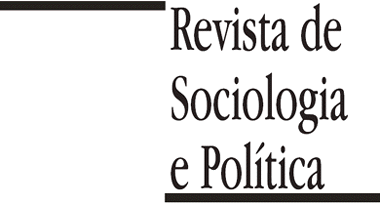This research seeks to examine and understand the unequal incidence of homicides within the urban perimeters of the city of Cascavel, Paraná , between the years 2000 and 2006. We have attempted to understand why this type of crime varies from one administrative unit to another and what relationship exists between this phenomenon and socio-economic, infrastructural and urban service inequalities. We begin with a discussion of processes of disorganized urbanization in Brazil, as they have favored the emergence or intensification of several types of problems, including violent crime and homicide. Cascavel is a city with high homicide rates, concentrated within just a few administrative units. In this context and based on the explanations that are postulated in the literature of reference, we have carried out research on the unequal incidence of homicides within this municipality and its association with indicators of inequality. We have used the Exploratory Analysis of Spatial Data as our technique for statistical analysis. We have been able to confirm that the phenomenon we are studying is strongly associated with inequalities in urban space. Thus, we can assert that scenarios of "juxtaposition of needs" and the consequent poor quality of life among the resident population favor occurrence of violent crimes resulting in death.
urban space; inequalities; violence; homicides; Cascavel















